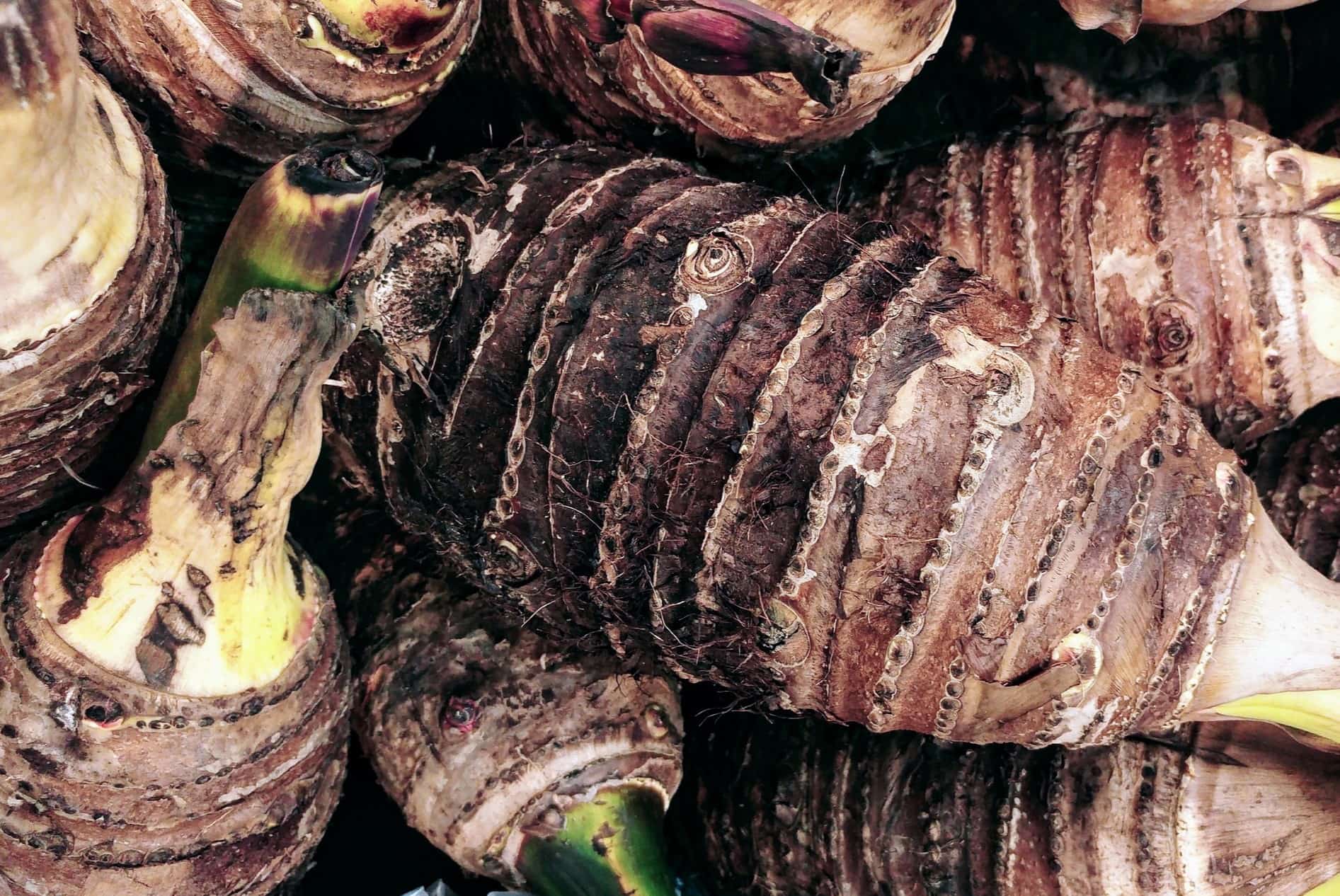
What exactly are corms? Corms are underground plant stems that store nutrients to help plants survive adverse conditions. Unlike bulbs, which have layers like onions, corms are solid inside. They act as food reserves, ensuring plants can grow even when conditions aren't ideal. Many popular garden plants, like crocuses and gladiolus, grow from corms. These structures allow plants to sprout quickly in spring, making them a favorite among gardeners. Understanding corms can help you better care for your garden, ensuring vibrant blooms year after year. Ready to dig deeper into the world of corms? Let's get started!
Key Takeaways:
- Corms are solid storage organs that help plants survive harsh conditions by storing energy. They are different from bulbs and play a crucial role in the life cycle of certain plants.
- Corms are easy to plant, require minimal care, and bloom seasonally, making them popular in gardening. They also contribute to soil health, biodiversity, and water efficiency in the environment.
What Are Corms?
Corms are fascinating plant structures often mistaken for bulbs. They serve as storage organs that help plants survive adverse conditions. Here are some intriguing facts about corms.
-
Corms vs. Bulbs: Unlike bulbs, which have layers like an onion, corms are solid inside. This makes them more efficient at storing nutrients.
-
Survival Mechanism: Corms allow plants to survive through droughts and cold seasons by storing energy in the form of starch.
-
Growth Cycle: Each year, a new corm forms on top of the old one, which eventually withers away.
-
Examples of Corm Plants: Common plants that grow from corms include crocuses, gladiolus, and taro.
How Do Corms Function?
Understanding how corms function can give insight into their importance in the plant kingdom. They play a crucial role in the life cycle of certain plants.
-
Energy Storage: Corms store carbohydrates, which provide energy for the plant during periods when photosynthesis is not possible.
-
Root System: Corms develop fibrous roots that help in absorbing water and nutrients from the soil.
-
Reproduction: Some corms can produce small cormlets, which can grow into new plants, aiding in vegetative reproduction.
-
Regeneration: If the above-ground part of the plant is damaged, the corm can regenerate new shoots.
Interesting Facts About Corms
Here are some lesser-known facts that highlight the unique characteristics of corms.
-
Shape and Size: Corms can vary greatly in size and shape, from small and round to large and elongated.
-
Protective Tunic: Many corms have a protective outer layer called a tunic, which helps prevent damage and water loss.
-
Historical Use: Some cultures have used corms as a food source. For example, taro corms are a staple in Polynesian diets.
-
Medicinal Properties: Certain corms have been used in traditional medicine for their purported health benefits.
Corms in Gardening
Gardeners often use corms for their ease of planting and vibrant blooms. Here’s why they are popular in horticulture.
-
Easy to Plant: Corms are straightforward to plant and require minimal care, making them ideal for beginner gardeners.
-
Seasonal Blooms: Many corm plants bloom in the spring or summer, adding seasonal color to gardens.
-
Compact Storage: Due to their solid structure, corms can be stored easily during the off-season.
-
Pest Resistance: Corms are generally more resistant to pests compared to other plant storage organs.
Environmental Impact of Corms
Corms also have an environmental significance that often goes unnoticed. They contribute to the ecosystem in various ways.
-
Soil Health: The fibrous roots of corm plants help improve soil structure and prevent erosion.
-
Biodiversity: Corm plants support biodiversity by providing food and habitat for various insects and animals.
-
Water Efficiency: Corms are adapted to store water, making them suitable for xeriscaping and reducing water usage in gardens.
-
Climate Adaptation: Corms enable plants to adapt to changing climates by storing energy and water, ensuring survival during extreme weather conditions.
The Fascinating World of Corms
Corms are more than just underground plant parts. They play a crucial role in the survival and reproduction of many plants. These storage organs help plants endure harsh conditions, ensuring they can sprout again when the environment becomes favorable. From the saffron crocus to the taro plant, corms contribute to both agriculture and horticulture.
Understanding corms can enhance your gardening skills and appreciation for plant biology. Whether you're a seasoned gardener or a curious learner, knowing about corms adds depth to your knowledge of plant life. Next time you see a crocus blooming in early spring, remember the corm working hard underground.
So, keep exploring the plant world. There's always something new to learn, and who knows? You might find yourself even more fascinated by the wonders of nature. Happy gardening!
Frequently Asked Questions
Was this page helpful?
Our commitment to delivering trustworthy and engaging content is at the heart of what we do. Each fact on our site is contributed by real users like you, bringing a wealth of diverse insights and information. To ensure the highest standards of accuracy and reliability, our dedicated editors meticulously review each submission. This process guarantees that the facts we share are not only fascinating but also credible. Trust in our commitment to quality and authenticity as you explore and learn with us.


